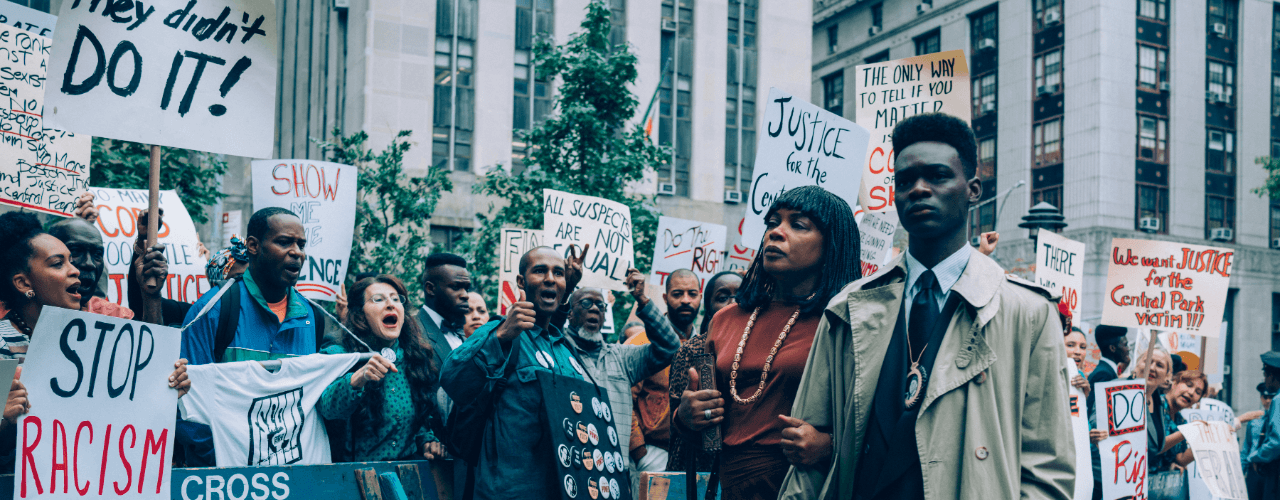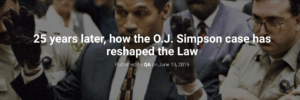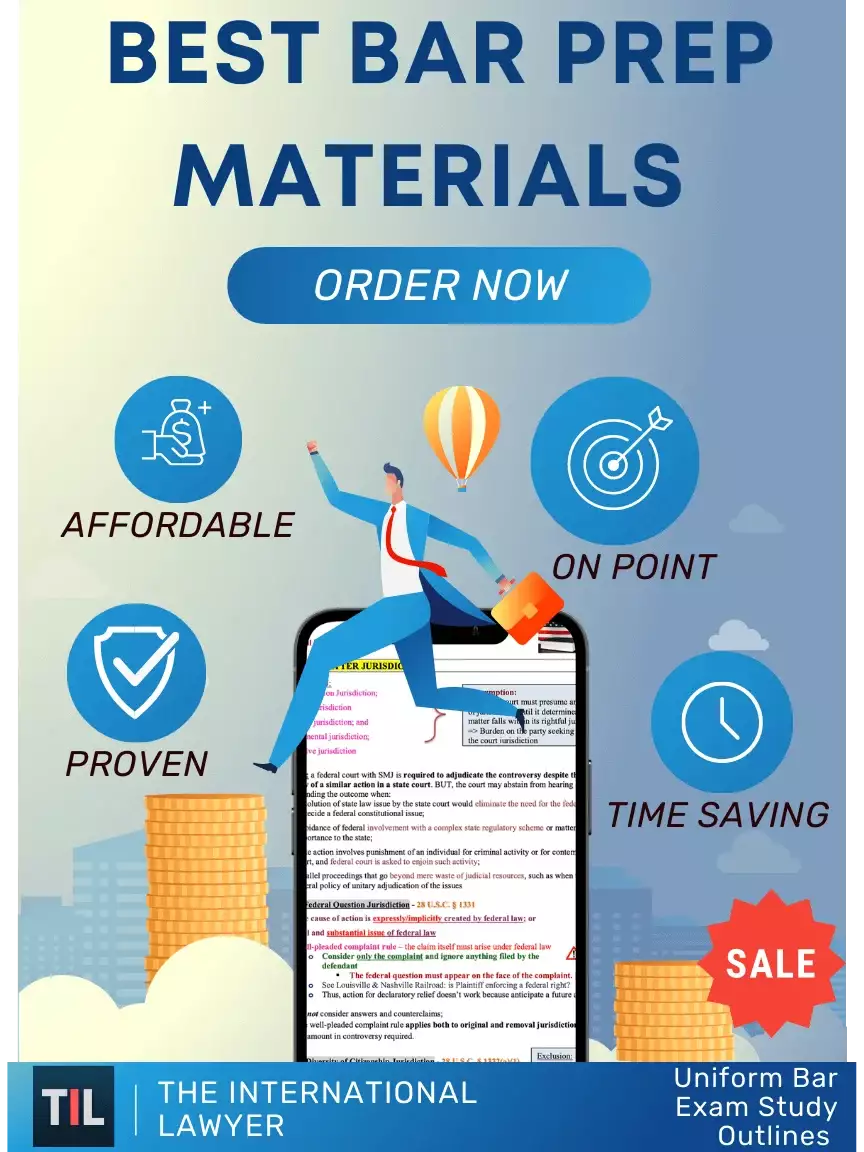What lessons after "When They See Us" - between injustice & bias
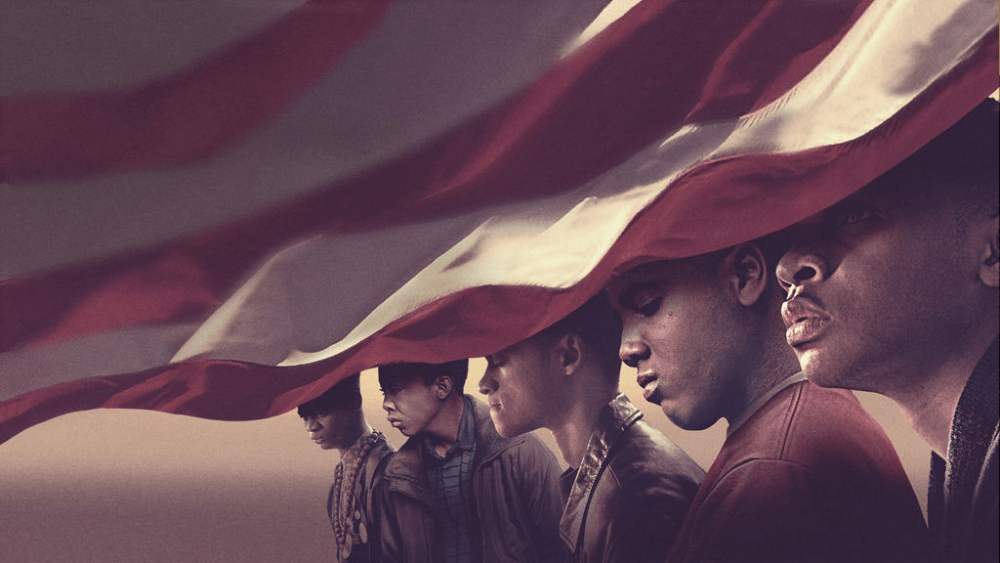
Ava DuVernay’s four-part Netflix series just shows how broken the U.S. justice system is.
“When They See Us“, written and directed by Ava DuVernay depicts what led to the wrongful 1990 conviction of five boys from Harlem – Korey Wise, Kevin Richardson, Antron McCray, Yusef Salaam, and Raymond Santana — in the violent rape and assault of 28-year-old New York banker Trisha Meili on April 19, 1989.
The four-part series sheds light on the corrupt investigation led by the New York City police department in the Meili case. In particular, DuVernay affirms that NYPD detectives and New York County District Attorney’s Office prosecutors framed these boys and coerced them into false confessions.
“When They See Us” has been the most-watched series on Netflix every day since it premiered on May 31.
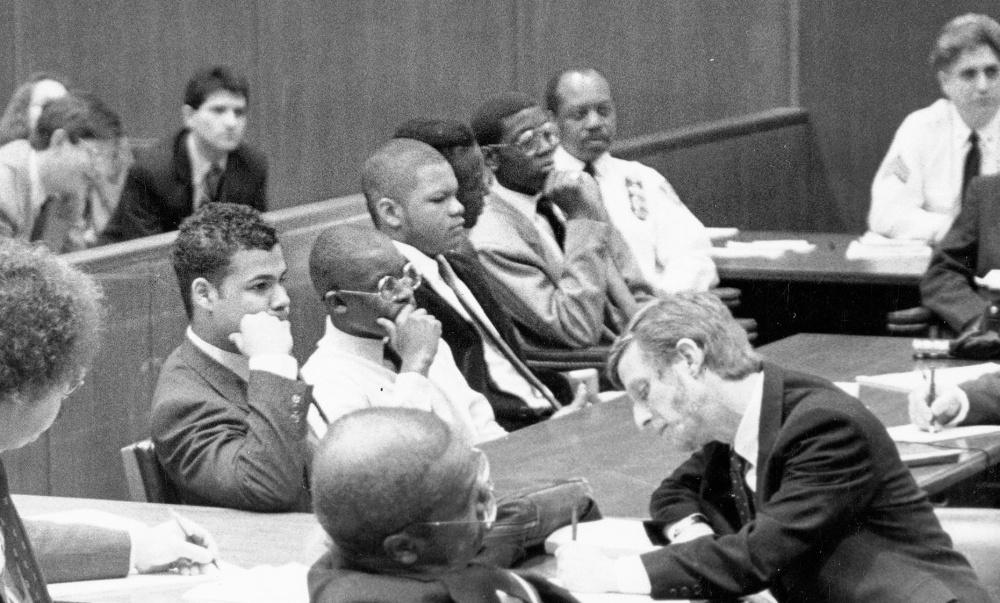
To understand how five innocent children, referred to as the Central Park Five, were sentenced for a crime they didn’t commit, we need to look at a society who wants justice at any cost. Donald Trump himself, then a real estate heir, placed full-page ads in local papers demanding the five boys be given the death penalty.
The TV-show is poignant and sometimes though to sit through and watch, but it does offer a harsh reality for many African American and minority youth in the United States today. Just as those five boys were wrongfully convicted of a crime, many others have had similar experiences.
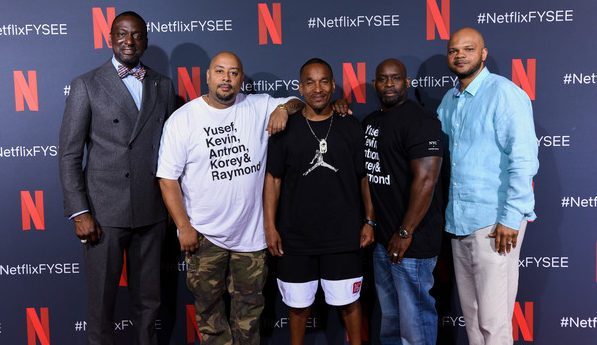
"When They See Us"- what can we learn?
From a legal point of view there is much to learn from the case: the list below is not exhaustive or comprehensive, but include some of the key lessons that are worth pointing. See also, the O.J. Simpson Case.
1) Innocent People are Sometimes Convicted
The rate of wrongful convictions in the United States is estimated to be between 2 percent and 10 percent. It might sound low, but when you look at the estimated prison population of 2,3 million, then there could be 46,000 to 230,000 innocent people currently in jail.
According to the Innocence Project, a group dedicated to freeing the wrongfully convicted, 365 men and women have been exonerated to date and roughly 62 percent of those freed were African American.
So why so many innocent are convicted? The list is long and include bad police work, prosecutorial misconduct, false confessions, bad lawyering, sleeping judges, etc. At the end, it reflects how the judicial system is broken.
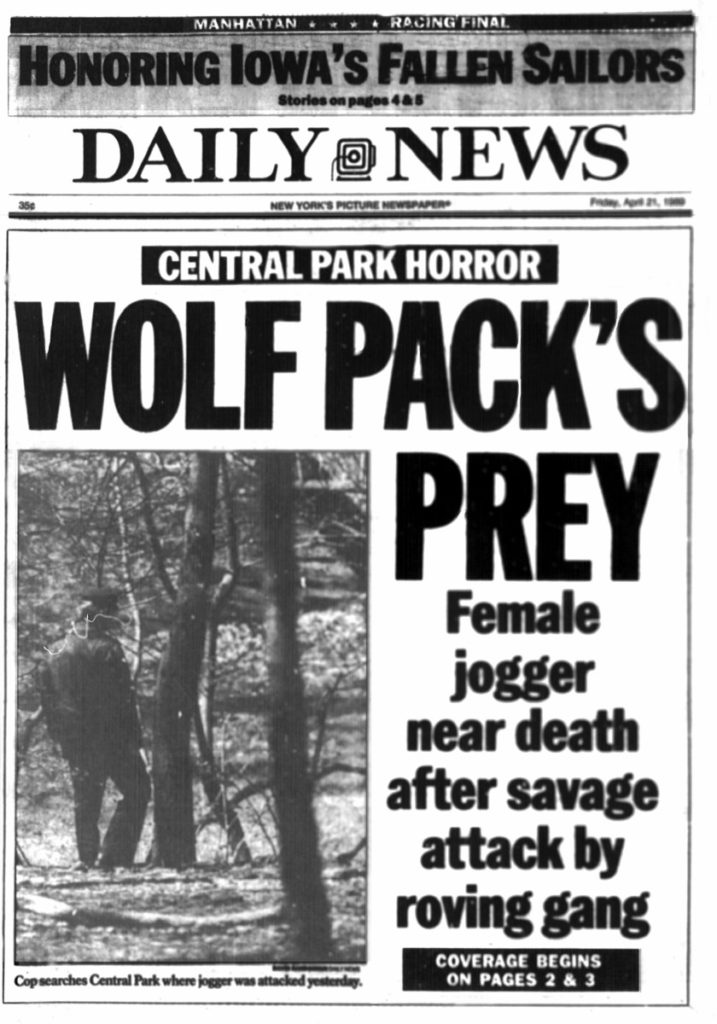
2) Juveniles are at a Greater Risk
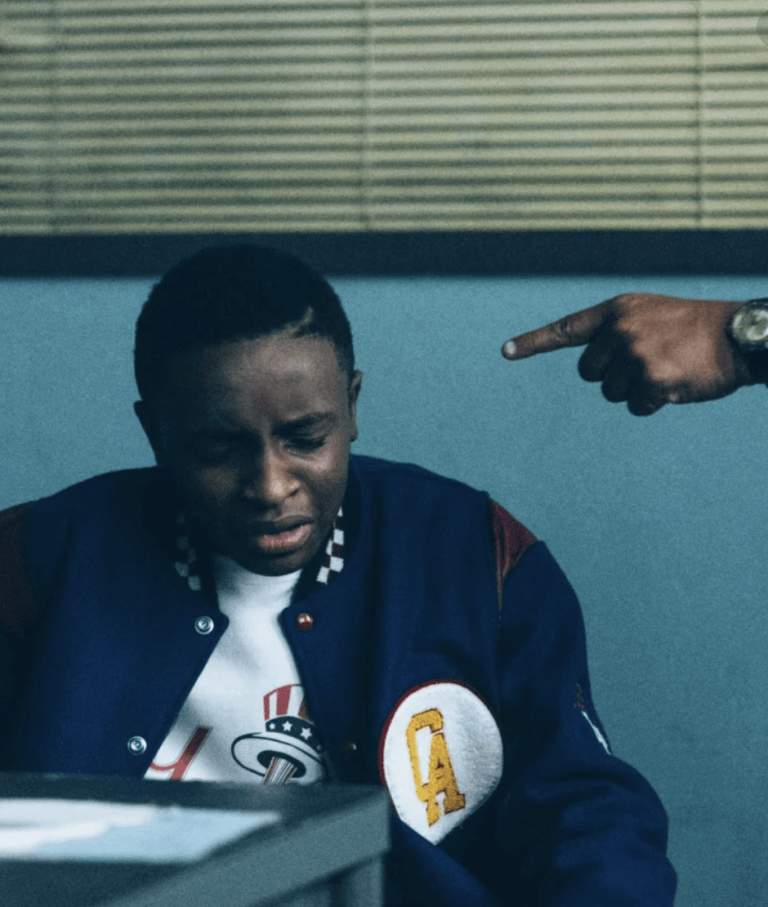
This is a gray topic, but in 2017, law enforcement agencies in the U.S. made almost 1 million arrests of youth under age 18.
Additionally, more than 75% of youth in the juvenile system have experienced traumatic victimization such as physical abuse, domestic violence, and traumatic neglect, leaving them ever more vulnerable for mental health disorders and post-traumatic stress.
Then it is perhaps time for America to discuss this issue, that is the country’s Juvenile Justice System.
3) Racial profiling must stop
The series refer to the black teens as “animals”, which immediately makes each teen seem like a threat. Suspecting someone because of their race still happens today. And according to a 2018 Bureau of Justice Statistics report, police are twice as likely to use force against people of color.
So what can we do? It all starts in education and awareness. Race and ethnicity play no role in an officer’s decision of who to stop, interview, search and arrest.
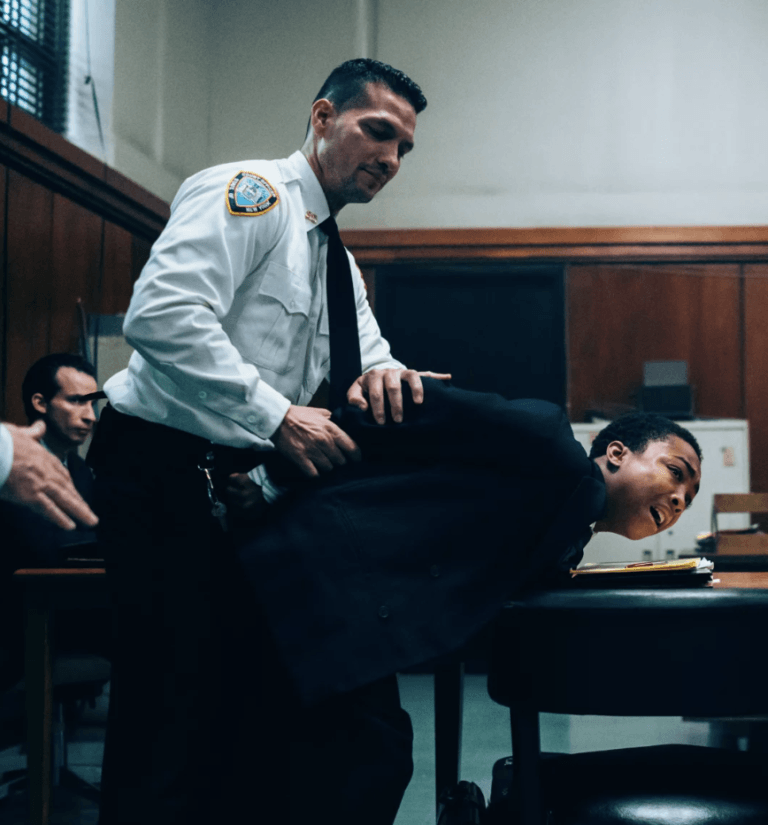
4) We must demand transparency from prosecutors
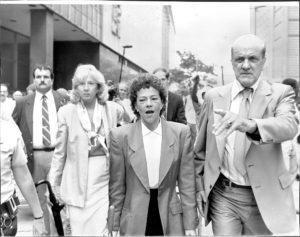
Prosecutors play a huge role in the cycle of mass incarceration. But how do they take their decision? Sometimes driven by quotas and politics, one could ask for more transparency.
In fact, prosecutors have the power to change the judicial system and it is up to you to help them be elected.
5) Increase access to job opportunities
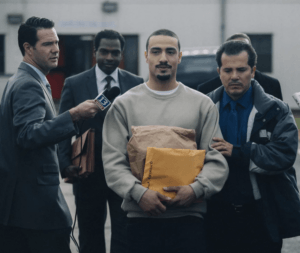
6) Reduce the Parole Violation system
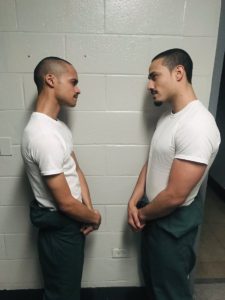
To conclude
There are many things to learn from “When They See Us” and the first one is that America got to do better.
Something I always keep in mind when interacting with others, is to treat others with respect because we don’t know how rough their path has been.
The only way to improve the society is to continue to fight the injustice and discrimination, to continue raising awareness and ultimately to educate the society. On this point, Ava DuVernay has done a great job.



